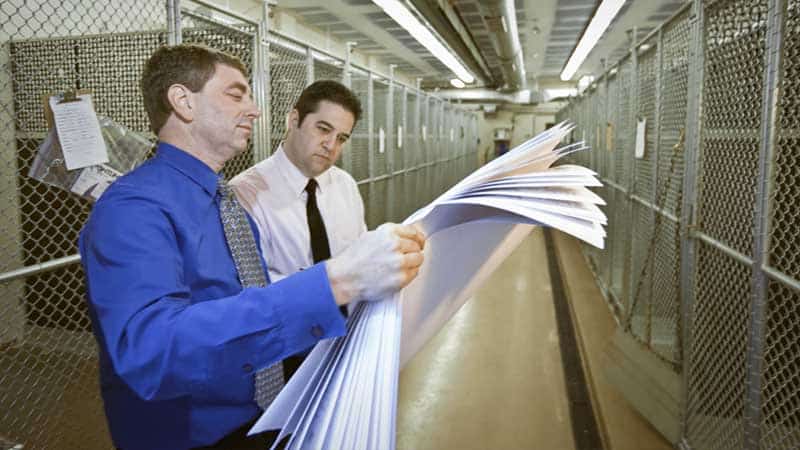Clean Air Spotlight: Design Learned, Inc.
(Please note that some content may refer to our original name, PetAirapy.)
January 6, 2021

When infected animals cough, sneeze, or shed dander, they release pathogens into the air via droplets. These infected droplets evaporate into countless tiny particles, known as aerosols, which can circulate throughout your facility and remain infectious for significant periods of time. Along with the use of ultraviolet germicidal irradiation (UVGI or UV), how a facility is designed can play a critical role in limiting the spread of infectious diseases which is why working with an experienced animal care facility engineering and planning firm is a smart—and necessary—investment for veterinary hospitals, pet boarding and daycare facilities, animal shelters, and any indoor environment where animals are housed together. PetAirapy, Aerapy‘s brand of UV disinfection technology for the animal care industry, has been proud to work with the leading animal care facility engineering and planning firm, Design Learned, Inc. (DLI), for over a decade to help ensure clean and healthy indoor air quality (IAQ) for animal care environments. We recently caught up with Hannah Skidmore, Senior Project Administrator for DLI, and the firm’s founder, Scott Learned, to have them shed additional light on what they do and why it matters for those building or updating an animal care facility.
What do animal care facility engineering and planning firms do?
DLI: We have multiple roles throughout the process of designing and building an animal care facility. First, we work with the client to create the best floor plan and space allocations for their specific needs. We also provide equipment and finish selections for the facilities that are appropriate for animal care. Second, we design the mechanical, electrical, plumbing, noise control, and fire protection systems for the building. This includes elements like the HVAC system, lighting, and drainage systems. Animal care facilities are among the most complex building types to design as all of the systems must work together to create a space suitable to animal care.
Why type of animal care facilities do you work with?
DLI: We work with all types of animal care facilities including animal shelters, both municipal and non-profit, and veterinary hospitals along with boarding, daycare, and grooming facilities.
How are you different from architects? Do people need both an architect and an engineering and planning firm?
DLI: As engineers, we design the mechanical, electrical, and plumbing systems for animal care facilities. Architects typically design the shell of the building and the inside of the building. Because animal care facilities are such a unique and complex building type, we do also specialize in the space planning and finish selections as well as equipment and caging selections. We have spent over 20 years learning the best practices and industry standards and trends and have acquired the knowledge necessary to design a functional animal care facility. Most clients will require both a licensed architect and engineer for the project as they perform different roles, both necessary to receiving permits. It is important to create a team of design professionals that can work together, communicate, and problem solve as a team.
How many animal care facilities have you worked with and where do you work?
DLI: DLI has worked with over 250 animal care facilities across the United States and Canada. Scott Learned, the president of DLI, has professional engineering licenses in 46 states across the U.S.
What size facilities do you typically work with?
DLI: We work with all sizes of facilities. We understand that different clients have different budgets, needs, and limitations, so we are prepared to design to those. For example, we have a veterinary hospital project in New York that was about 800 square feet and we have a shelter in Texas that is about 70,000 square feet.
What’s the most unique animal care facility you’ve worked on?
DLI: One of our most unique projects is the SPCA of Texas in Dallas, Texas. This project included the adaptive reuse of a warehouse with unique adoption areas and provisions for public gatherings and fundraising as well as a state of the art shelter medicine area. It was a complex project that required a lot of coordination and creativity.
How long have you worked with PetAirapy and how do our UV products fit into your design plans?
DLI: We have worked with PetAirapy since their start. Our designs require tested and certified air cleaning systems for all of our HVAC designs, which PetAirapy provides.
Why do you work with or recommend with PetAirapy?
DLI: PetAirapy is unique. Very few products on the market have been thoroughly tested for animal disease. PetAirapy products are well designed to work with a variety of HVAC conditions and provide the confidence in performance associated with independent testing labs.
To learn more about DLI, visit DesignLearned.com.




